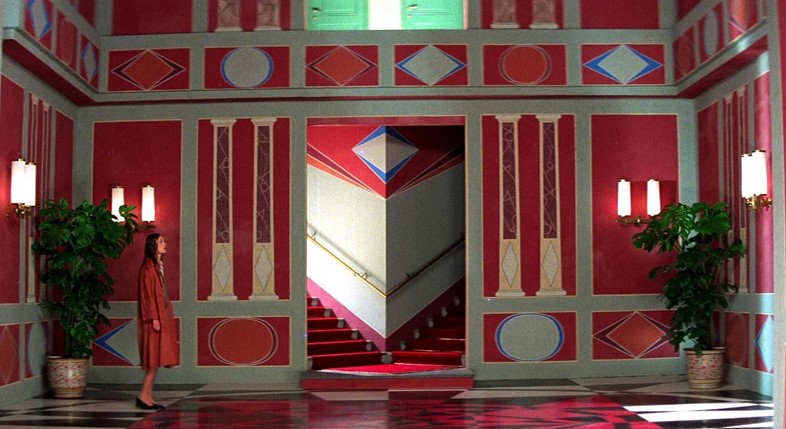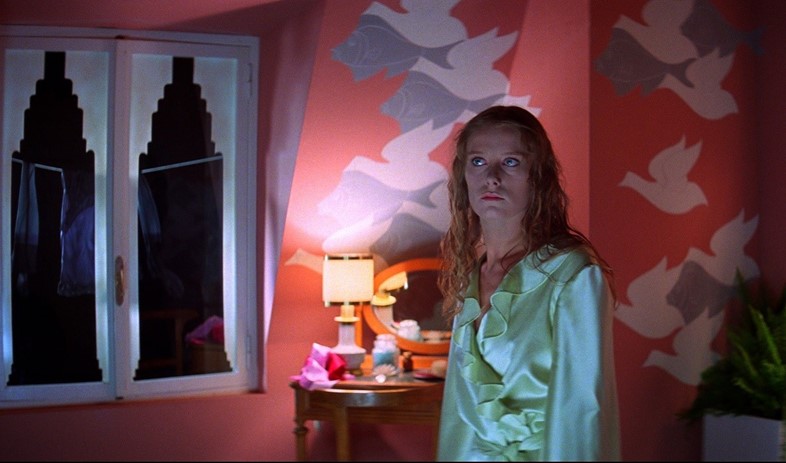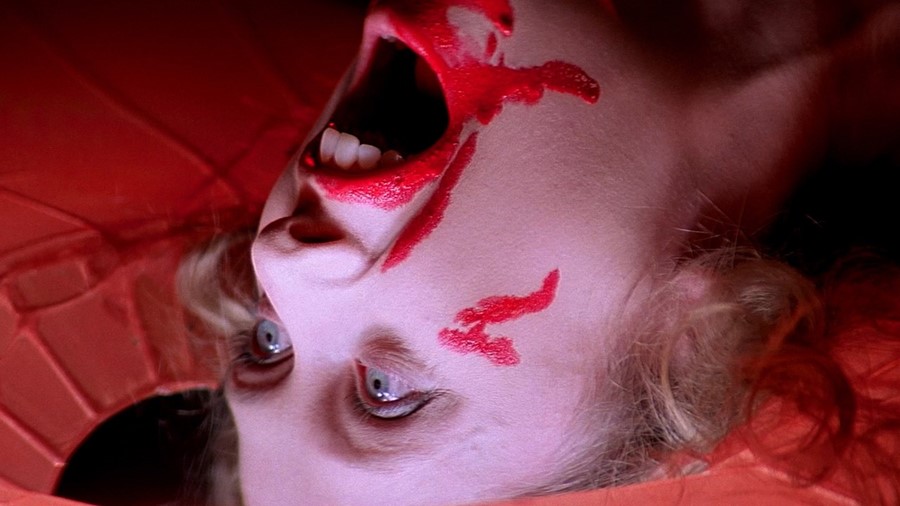As Luca Guadagnino’s Suspiria is released today, Argentophile and Another Man editor-in-chief Ben Cobb remembers the deep effect the original had on him
Quick confession: Suspiria was not my first Dario Argento love.
No, that prized cherry will always belong to Four Flies on Grey Velvet, Argento’s underappreciated 1971 thriller about a prog-rock musician in paranoid free fall. Aside from hippie starlet Mimsy Farmer’s stoned-immaculate performance, this lower-tier entry stole my heart because it was the first Argento film I saw at the cinema, as part of my friend Alan Jones’ Fantasm festival. And, as with most things in life and certainly psychosexual cinema, the first cut is the deepest.
Fantasm was a month-long July programme of horror and fantasy cinema that ran during the 90s at the NFT, or BFI Southbank as it’s now known, showcasing everything from early Cronenberg shorts, to Clive Barker premieres and John Carpenter on-stage. All manna from horror heaven but, for this Italian genre fanatic, Alan surpassed himself in 1996 with the ultimate Dario Argento retrospective.

After making do with nth generation bootlegs and ropey ex-rental tapes of Argento’s films – obsessing over stylised slashers like The Bird with the Crystal Plumage and Deep Red and even unearthing his first, and happily only, comedy Five Days of Milan – this promised to be a one-stop opportunity to gorge on the full catalogue on the big screen. I promptly cleared my diary. (Quick confession number two: I’m almost ashamed to admit that for Fantasm’s season devoted to Mario Bava – the true originator of Italian gothic horror and Argento’s mentor – I quit my job ushering at Chelsea Cinema to free up time to attend every screening.)
My previous viewings of Suspiria were from the old Thorn EMI VHS and a dupe of a Japanese LaserDisc. The film’s freewheeling psychedelic structure, which Argento admitted to me earlier this year was the result of some good 70s acid, and its catalogue of blood-soaked Grand Guignol set pieces were undeniably thrilling, but something was missing. I didn’t know why but Suspiria just didn’t sing to me like the glassy slickness of Tenebre, the somnambulist haze of Phenomena or Opera’s baroque opulence. But, as soon as the opening crane shot of Suzy Bannion arriving at Freiburg airport hit the NFT1’s 30-foot screen, all that changed forever.

Some films are made to be experienced large and loud, and none more so than Suspiria. Watching it that evening, surrounded by a sold-out audience of 450 Argentophiles, was nothing short of a revelation. At last, its full power and ambition was unleashed. For the next 98 minutes, we were fused in a collective waking fever dream. Less cinema, more mass hypnosis, it was as if we were willing this thing into existence, fuelled by our own fears. The only cinematic event I can compare it to was a 70mm presentation of 2001: A Space Odyssey (funnily enough in the same room); calling Suspiria a horror film suddenly felt as inept as labelling Kubrick’s apeman-to-spaceman mind-melter a sci-fi movie.
Suspiria played like a finely calibrated experiment, designed to slowly and deliberately unpick the sane universe we were all clinging to in the darkness. It awoke something long dormant, something primal. Its power lay not in single moments of perfected suspense or terror – of which there are many – but in the sheer disorientating mass of its demented vision. Argento might have made more satisfying films than this, but taken as a whole, sonically and visually, Suspiria showed its mettle as an unmatched assault on the senses. As Argento put it to me: “It starts how most horror films end, and it just keeps building and building, crescendo on crescendo…” The accumulative effect is as close to madness as I want to get.

And, perhaps most surprising, with the end came euphoria. That peculiar smile on Suzy’s face as she walks away from the flaming Tanz Akademie – something that had always grated on me when I watched it on my TV screen – suddenly made sense: we were all being released from the nightmare, remade and purged. I remember the familiar walk home that warm night, along the embankment to Pimlico, and how it felt different now. The black mirrored river, the wind in the trees and the empty up-lit government buildings were all transformed. It was the opposite of unnerving. Everything was charged with otherness and possibility, and just for a moment magic seemed real.
Luca Guadagnino’s Suspiria is in cinemas nationwide from November 16, 2018; Argento’s classic remains available too.
